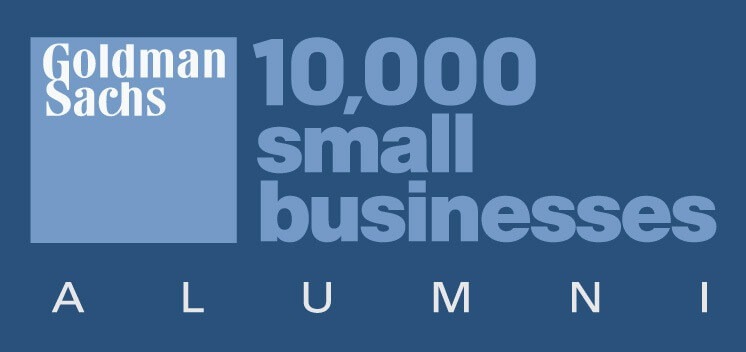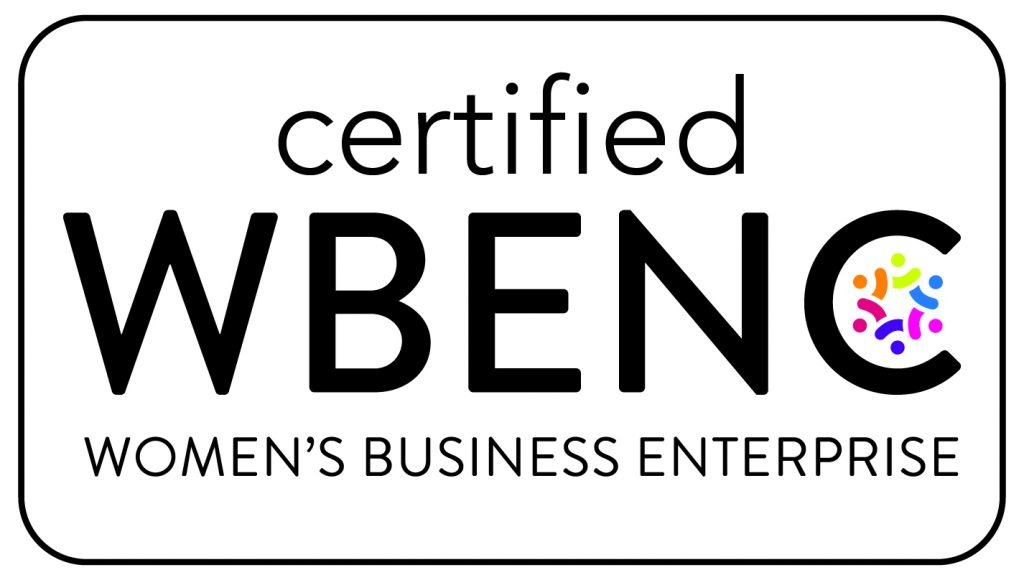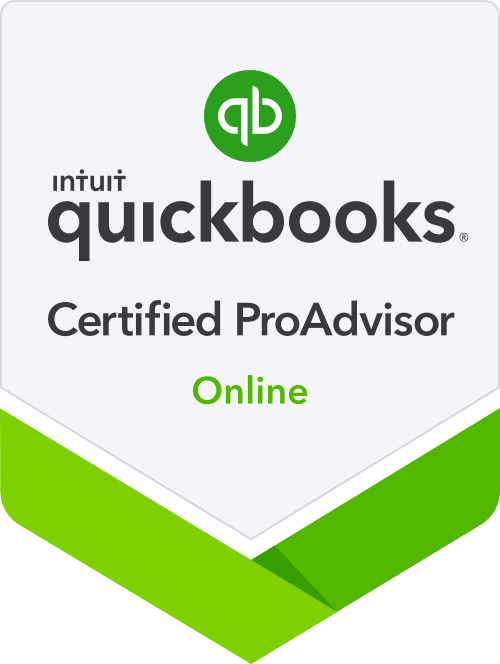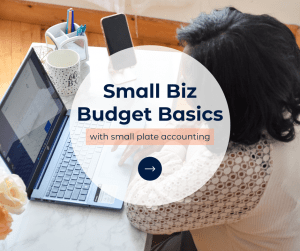
I’ve been in accounting for over a decade and I can say with certainty that the simplest and most effective budgeting system is called small plates accounting. With this method, you’re dividing up your income into four different categories, or plates, so that the money can be used in the most resourceful way possible. A great thing about this system is that no matter how much growth your business experiences, you’ll always need money allocated to these different buckets so you’ll always be able to follow it.
Your first plate is for expenses. Typically, your expenses will be 30% of your total budget.
Expenses encompass a lot of different costs, boiling down to anything you use to deliver your services. Some of these expenses are physical items like office supplies or the rent for your office building. Other expenses can be services like marketing, advertising, and the internet. 30% gives you some wiggle room so that you can invest in yourself and your business but you’re still asked to minimize expenses and eliminate ones that are unnecessary. (Here’s why you should invest in yourself.)
Another plate is for taxes. Taxes should account for 15% of your total budget.
Before you file your tax returns only to find out you owe more than you can afford, set aside funds for that specific purpose. Say you hire a tax strategist for the next year and you manage to significantly reduce the amount of money you owe. (Find the difference between an accountant and a tax preparer here). Here’s the best part: If there’s money left after taxes from what you saved, that money can go back to you! Think of it as a bonus for having the discipline to save as much as you have.
Plate three is where you put your profits. On average, your profit account makes up 5% of your total budget.
This portion of your budget can actually be used multiple ways, depending on what makes the most sense for you at that time. Your profits can go towards that course you’ve been hoping to take or that program that would simplify a process you’re tired of spending all your time on. (To figure out where to invest, read this.) If there’s nothing you’re looking to invest in right now, you don’t have to! Keep it in the account and grow your savings for a rainy day.
That leftover 50% goes to the owner’s pay a.k.a. your take-home pay.
Small plates accounting prioritizes paying yourself on a regular basis. As it should be! You’re running the show and deserve to see the rewards of what you do.
I’d make a note though, that as you grow, you won’t be able to keep that full 50%. This area of your budget will also have to be allocated to any new members to your team, including part time employees, full time employees, and contractors. (Read about how to delegate in your business here). Of course, 50% of $100,000 is larger than 50% of $30,000, so making more money still means making more for yourself and more to share with your team.
How do you feel about small plates accounting? Will you be trying it in your business? I hope you have a better understanding of this budgeting method’s pros and cons. Personally, I believe this method has mostly pros.
With the amount of flexibility you get with small plates accounting, it’s the perfect budgeting method for growing your six-figure business into an empire.

